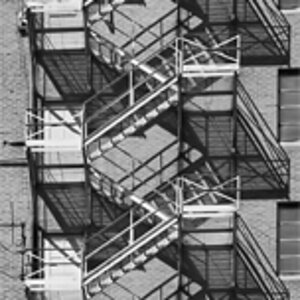- Joined
- Jul 3, 2004
- Messages
- 3,714
- Reaction score
- 531
- Location
- Here N There
- Website
- img24.photobucket.com
I brought home a Canon 100mm F2.8 macro lens along with a Rebel xti to play with this weekend. I am completely new to macro, only have shot a few with my friend's nikon 105mm macro once. I notice that lighting condition is very crucial. The shallow depth of field makes stability important too. Without mastering either, it will be worthless shots.
So tripod is almost essential. For nature macro shots of bugs and animals, how do you guys set up your shots? I am wondering this because I had a hard enough time trying to get a lizard to sit still on the tree, let alone setting up a tripod. Many of the shots I've seen here are bugs in the middle of doing something, like spider munching lunch or beetles mating, which means the bugs move. In this case, is it all on the flash, or is there some smart way to set up the equipment?
Or do you guys just kidnap the bugs and shoot them in controlled environment?
So tripod is almost essential. For nature macro shots of bugs and animals, how do you guys set up your shots? I am wondering this because I had a hard enough time trying to get a lizard to sit still on the tree, let alone setting up a tripod. Many of the shots I've seen here are bugs in the middle of doing something, like spider munching lunch or beetles mating, which means the bugs move. In this case, is it all on the flash, or is there some smart way to set up the equipment?
Or do you guys just kidnap the bugs and shoot them in controlled environment?


![[No title]](/data/xfmg/thumbnail/34/34058-276eb00b31d5bfacf4028e7f729dc601.jpg?1619736257)
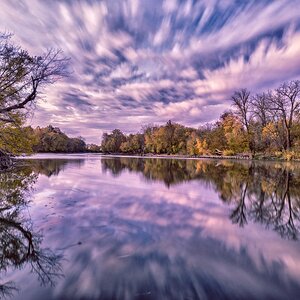
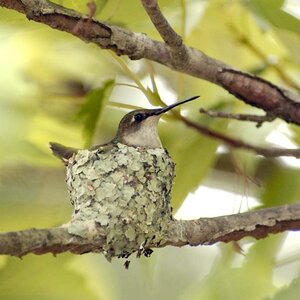
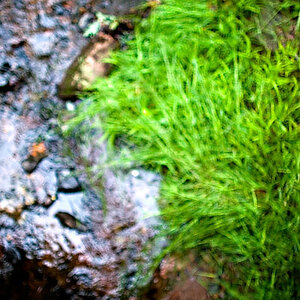
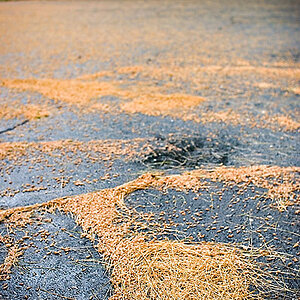
![[No title]](/data/xfmg/thumbnail/34/34062-c0c9c0a752bc1af58237eff1ec850163.jpg?1619736259)
![[No title]](/data/xfmg/thumbnail/42/42280-60cc6d4893a2f440eac7dd2248e733a9.jpg?1619740088)
